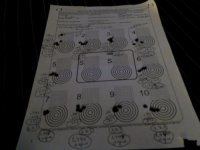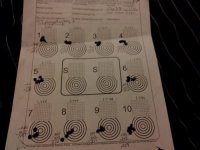R
rodauto
Guest
Iv'e been reading everything I find on this site for 2 or 3 years now regarding the 6mm PPC, still seems that I have to try everything to understand what I read. Not a problem since I love shooting so much! Have read so many times about bullet seating depth and doing multiple measurements and taking the average..... over excited or what, not sure but only did one measurement and was too long,spilled powder all over the action and shut me down for the day! learned my lesson I hope . Oh well, hopefully this time the lesson will stick. Just want to thank everyone for their patience with me and others that don't have the benifit of others at their Club that shoot actual benchrest. Can't wait for the weekend to try different seating depths to see what results I get.
Rodney
Rodney




